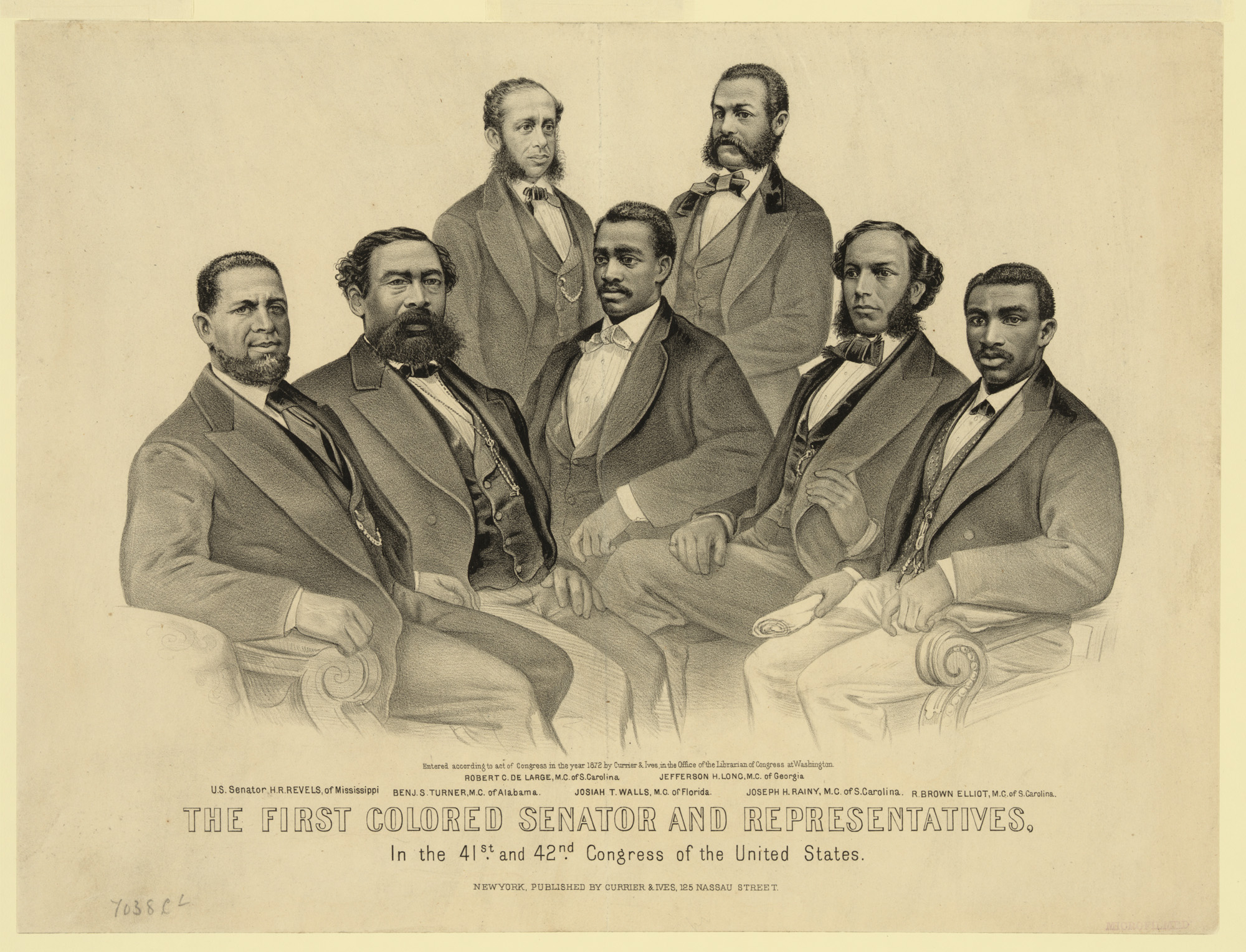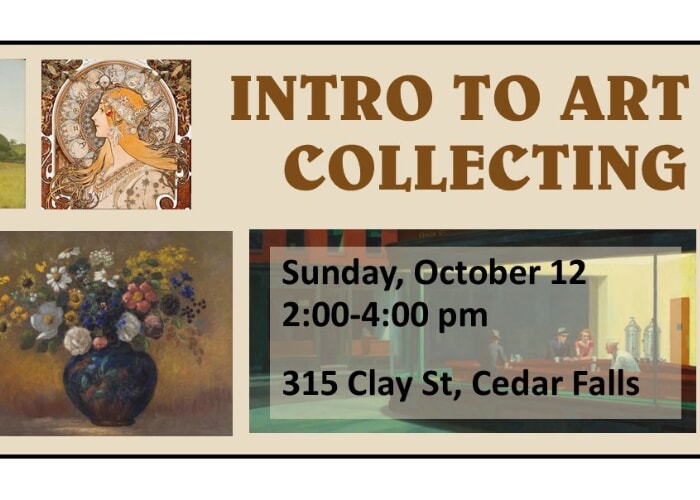Report on the Vietnam Pavilion at Expo 2025 Osaka, Kansai
Introduction: Fostering Global Partnerships and Empowering Lives
The Vietnam pavilion at Expo 2025 Osaka, Kansai, serves as a platform for cultural exchange and a testament to Vietnam’s commitment to the Sustainable Development Goals (SDGs). Located within the “Empowering Lives” zone, the pavilion’s exhibits are designed to showcase how the nation’s rich cultural heritage can contribute to sustainable economic growth and global understanding, directly aligning with the core themes of the Expo.
Cultural Heritage as a Driver for Sustainable Development
Preservation and Promotion of Vietnamese Culture
The pavilion presents a comprehensive overview of Vietnam’s cultural assets, utilizing modern technology to safeguard and promote traditional practices. This initiative is a direct contribution to SDG 11 (Sustainable Cities and Communities), particularly Target 11.4, which calls for strengthening efforts to protect and safeguard the world’s cultural heritage.
- Traditional Attire: Visitors are greeted by staff in traditional ao dai, showcasing the elegance and cultural significance of Vietnamese garments.
- Artisanal Crafts: The pavilion features displays of traditional products and lantern-decorated ceilings, highlighting the importance of local craftsmanship for economic sustainability.
- Performing Arts: A central feature is the Vietnamese water puppetry, a cultural tradition with over a century of history. Accompanied by live traditional music, these performances preserve intangible cultural heritage.
- Technological Integration: The use of projection mapping and 3D technologies demonstrates an innovative approach to cultural presentation, aligning with SDG 9 (Industry, Innovation, and Infrastructure) by blending tradition with modernity.
Alignment with Key Sustainable Development Goals (SDGs)
A Multi-faceted Contribution to the 2030 Agenda
The Vietnam pavilion’s theme and content actively support several interconnected SDGs, reflecting a holistic approach to sustainable development.
- SDG 8: Decent Work and Economic Growth: By promoting its cultural heritage, including traditional products and performance arts, Vietnam fosters sustainable tourism and creates economic opportunities in the cultural sector, contributing to Target 8.9.
- SDG 4: Quality Education: The pavilion acts as an educational resource, offering global visitors insights into Vietnam’s history and cultural diversity, thereby promoting intercultural understanding and lifelong learning opportunities.
- SDG 17: Partnerships for the Goals: Vietnam’s participation in Expo 2025 exemplifies a commitment to global partnership. The pavilion facilitates international dialogue and collaboration, which is the cornerstone of SDG 17.
Operational Details and Schedule
Visitor Information
- Location: Empowering Lives Zone
- Opening Date: April 30, 2025
- Featured Event: Daily Vietnamese water puppetry shows (four performances per day).
- National Day Celebration: Tuesday, September 9, 2025, at the Expo National Day Hall.
Analysis of Sustainable Development Goals in the Article
1. Which SDGs are addressed or connected to the issues highlighted in the article?
-
SDG 4: Quality Education
The article highlights how the Vietnam pavilion uses technology and traditional displays to educate visitors about its culture. By showcasing “folk costumes,” “traditional products,” “water puppetry,” and “traditional instruments,” the pavilion contributes to the appreciation of cultural diversity, which is a key aspect of education for sustainable development. -
SDG 8: Decent Work and Economic Growth
The pavilion’s focus on promoting “alluring culture,” “folk costumes,” and “traditional products” directly supports the development of sustainable tourism. By showcasing these cultural assets to a global audience, Vietnam is promoting an industry that can create jobs and economic growth rooted in its local culture. -
SDG 11: Sustainable Cities and Communities
The article emphasizes the preservation and promotion of Vietnam’s cultural heritage. The detailed description of “Vietnamese water puppetry, with a history of over 100 years,” and the display of traditional “ao dai” costumes are examples of efforts to protect and safeguard the world’s cultural heritage.
2. What specific targets under those SDGs can be identified based on the article’s content?
-
Target 4.7: “By 2030, ensure that all learners acquire the knowledge and skills needed to promote sustainable development, including, among others, through education for sustainable development and sustainable lifestyles… and appreciation of cultural diversity and of culture’s contribution to sustainable development.”
The pavilion serves as an educational platform. Its exhibits, which include “projection mapping and 3D technologies to reproduce Vietnam’s alluring culture,” are designed to foster an appreciation of cultural diversity among Expo visitors. -
Target 8.9: “By 2030, devise and implement policies to promote sustainable tourism that creates jobs and promotes local culture and products.”
The article describes the pavilion as a showcase for Vietnam’s unique cultural offerings. The promotion of “traditional products” and cultural performances like “water puppetry” is a direct strategy to attract tourism that values and supports local culture. -
Target 11.4: “Strengthen efforts to protect and safeguard the world’s cultural and natural heritage.”
The pavilion’s entire theme is a testament to this target. By presenting and celebrating cultural elements like “water puppetry, with a history of over 100 years,” and traditional music and costumes, Vietnam is actively working to safeguard its cultural heritage and share it with the world.
3. Are there any indicators mentioned or implied in the article that can be used to measure progress towards the identified targets?
- Indicator for Target 11.4: The article implies investment in the preservation and promotion of cultural heritage. The existence of the pavilion itself, with its use of “projection mapping and 3D technologies” and the staging of “four exquisite shows each day,” represents a significant expenditure and effort dedicated to safeguarding and promoting cultural heritage, which aligns with Indicator 11.4.1 (Total expenditure… spent on the preservation, protection and conservation of all cultural… heritage).
- Indicator for Target 4.7: The content of the pavilion’s exhibits serves as a qualitative indicator. The showcasing of “alluring traditional costumes, musical instruments and culture” in an international forum like the World Expo is a direct measure of the country’s efforts to promote global citizenship and appreciation for cultural diversity through informal education channels.
- Indicator for Target 8.9: The promotion of specific cultural elements for tourism is an implied indicator. The article’s mention of displaying “traditional products” and cultural performances is an action that contributes to the development of sustainable tourism. The number and nature of cultural products and traditions promoted can be seen as a measure of progress.
4. Summary Table of SDGs, Targets, and Indicators
| SDGs | Targets | Indicators Identified in the Article |
|---|---|---|
| SDG 11: Sustainable Cities and Communities | 11.4: Strengthen efforts to protect and safeguard the world’s cultural and natural heritage. | The investment in and creation of a national pavilion featuring advanced technologies (“projection mapping and 3D technologies”) and daily cultural performances (“four exquisite shows each day”) to showcase and preserve heritage like “water puppetry, with a history of over 100 years.” |
| SDG 4: Quality Education | 4.7: Ensure learners acquire knowledge and skills for sustainable development, including appreciation of cultural diversity. | The presentation of cultural heritage (e.g., “traditional costumes, musical instruments”) in an international educational forum (the World Expo) to foster global appreciation of cultural diversity. |
| SDG 8: Decent Work and Economic Growth | 8.9: Promote sustainable tourism that creates jobs and promotes local culture and products. | The showcasing of “traditional products” and cultural attractions to a global audience as a method to promote sustainable tourism based on local culture. |
Source: nippon.com







